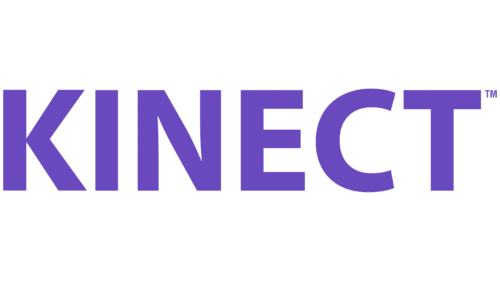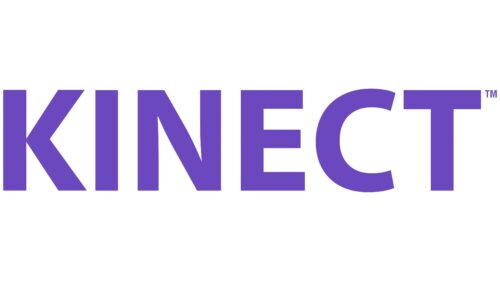Kinect: Brand overview
| Founded: | 2009 – 2017 |
| Founder: | Microsoft |
| Headquarters: | United States |
Microsoft developed Kinect, a groundbreaking motion-sensing input device for the Xbox 360 and Xbox One gaming consoles. The project was unveiled to the public in 2009 under the codename “Project Natal” and was officially launched in 2010.
Kinect offered a unique gaming experience by enabling players to engage with the Xbox console using physical movements, gestures, and voice commands, eliminating the necessity for a traditional game controller. This innovative device helped popularize depth sensor technology and full-body 3D motion capture in consumer electronics.
The original Kinect for Xbox 360 was equipped with an RGB camera, a depth sensor, and a multi-array microphone, facilitating both motion and voice controls. An enhanced version of Xbox One was launched in 2013, boasting a higher resolution RGB camera and an advanced time-of-flight depth sensor.
Kinect’s groundbreaking features included facial recognition, voice commands, and simultaneous motion tracking for up to six individuals. These capabilities paved the way for new full-body motion-controlled games, such as dance and fitness games and motion sports.
Despite facing a decline in sales and usage due to a lack of supporting games and applications, Kinect marked a milestone in consumer electronics by setting a Guinness World Record as the “fastest selling consumer electronics device” after selling eight million units within the first 60 days of its launch.
Microsoft has since repositioned the Kinect technology for industrial applications beyond gaming, including robotics and medical imaging.
Meaning and History
2009 – 2010
2010 – 2017
Kinect color codes
| Iris | Hex color: | #6a48bd |
|---|---|---|
| RGB: | 106 72 189 | |
| CMYK: | 44 62 0 26 | |
| Pantone: | PMS 266 C |






